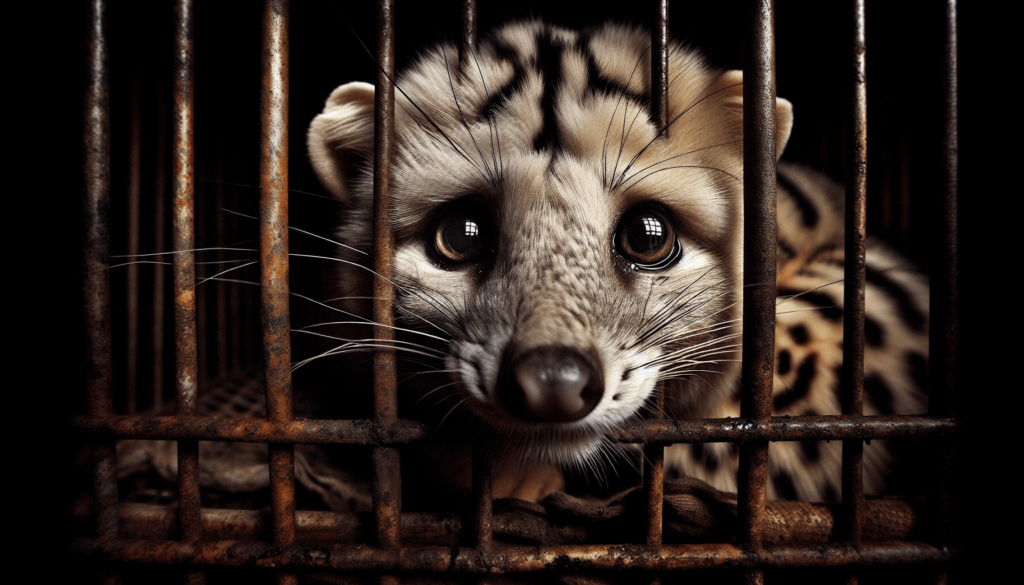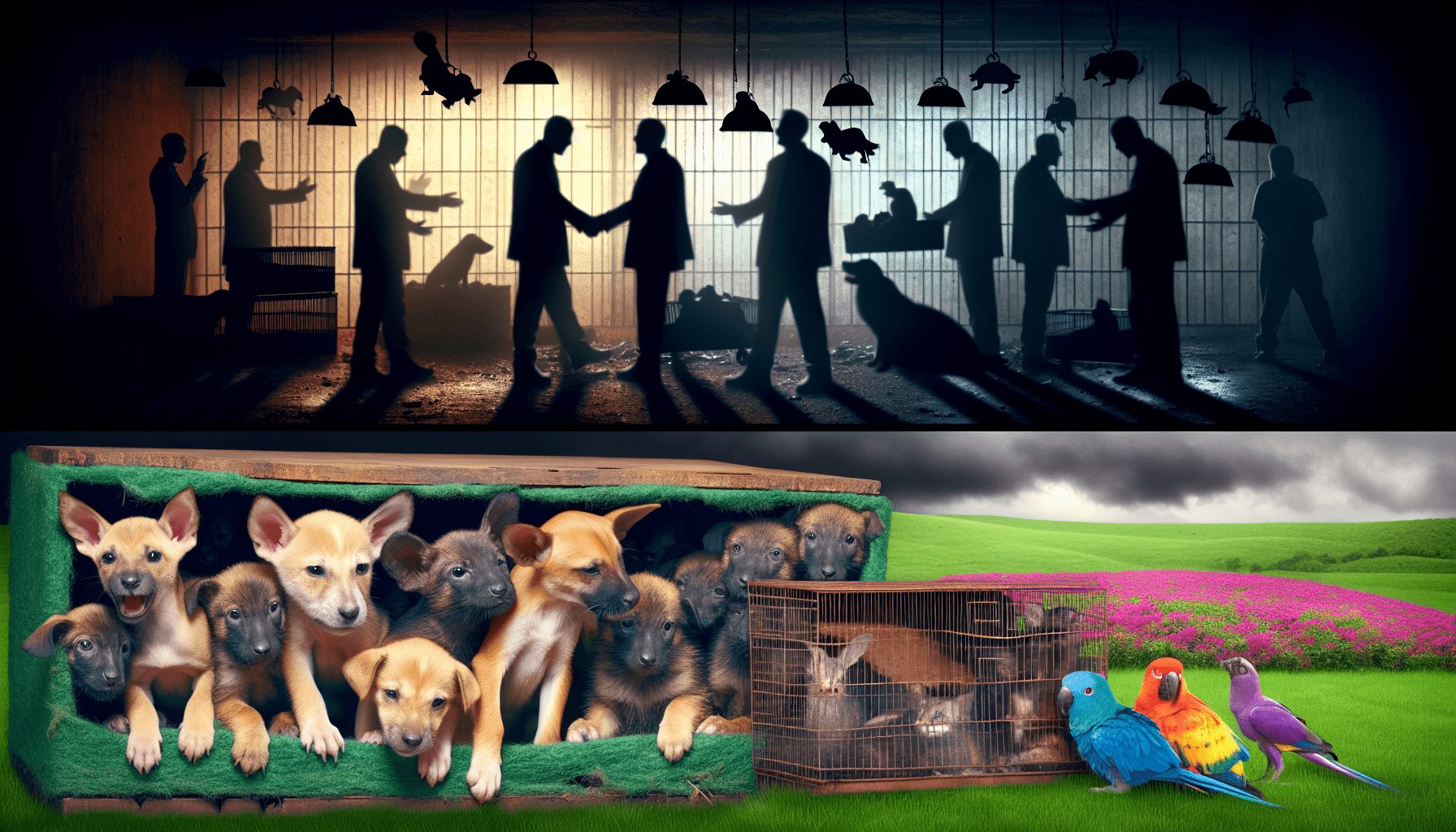Welcome to an eye-opening article on the dark side of the pet industry: the pet black market. This underground market involves the illegal trading and selling of pets, often under inhumane conditions. By shedding light on this issue, you will gain insight into the dangers and cruelty that innocent animals face in this hidden world. Let’s explore the complexities of the pet black market and learn how we can work towards eradicating this harmful industry.
Have you ever wondered about the dark world of the Pet Black Market?
You may have heard whispers about it or seen it mentioned in news articles, but what exactly is the Pet Black Market? In this article, we will delve deep into this shady world and examine the reasons behind its existence, the most commonly traded animals, and the consequences for both animals and buyers involved in this illicit trade. Let’s shine a light on this hidden industry together.
What is the Pet Black Market?
The Pet Black Market is a shadowy underground industry where animals, often exotic or endangered species, are illegally traded for profit. These animals are often captured from the wild or bred in captivity under terrible conditions, leading to the suffering and exploitation of innocent creatures.
How does the Pet Black Market operate?
The Pet Black Market operates through a network of smugglers, breeders, and buyers who operate in secrecy to avoid detection by authorities. Animals are often hidden in cruel conditions during transport, and many suffer injuries or even die before reaching their final destination. This heartless trade thrives on greed and disregard for animal welfare.
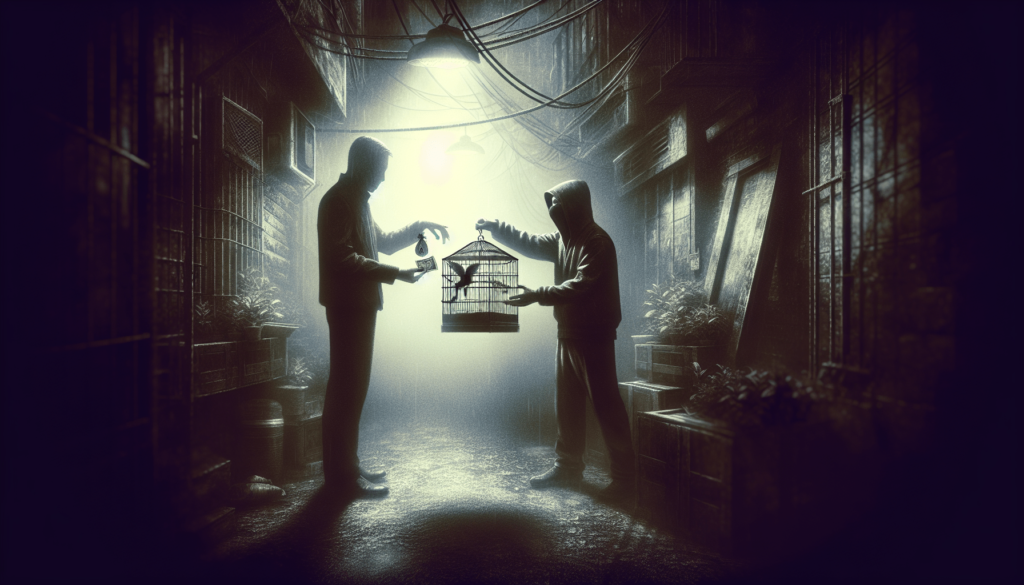
Why does the Pet Black Market exist?
The Pet Black Market exists primarily due to the demand for exotic pets and the potential profits to be made from selling them. In some cultures, owning rare or unique animals is seen as a status symbol, driving the demand for these creatures. Additionally, the lack of strict regulations and enforcement in some regions enables this illegal trade to flourish.
What are the consequences of the Pet Black Market?
The consequences of the Pet Black Market are devastating for both the animals involved and the buyers who purchase them. Trafficked animals often suffer from physical and psychological trauma, and many do not survive the harsh conditions of captivity. Buyers may unknowingly support cruelty and exploitation by purchasing animals from this illicit trade, perpetuating the cycle of suffering.
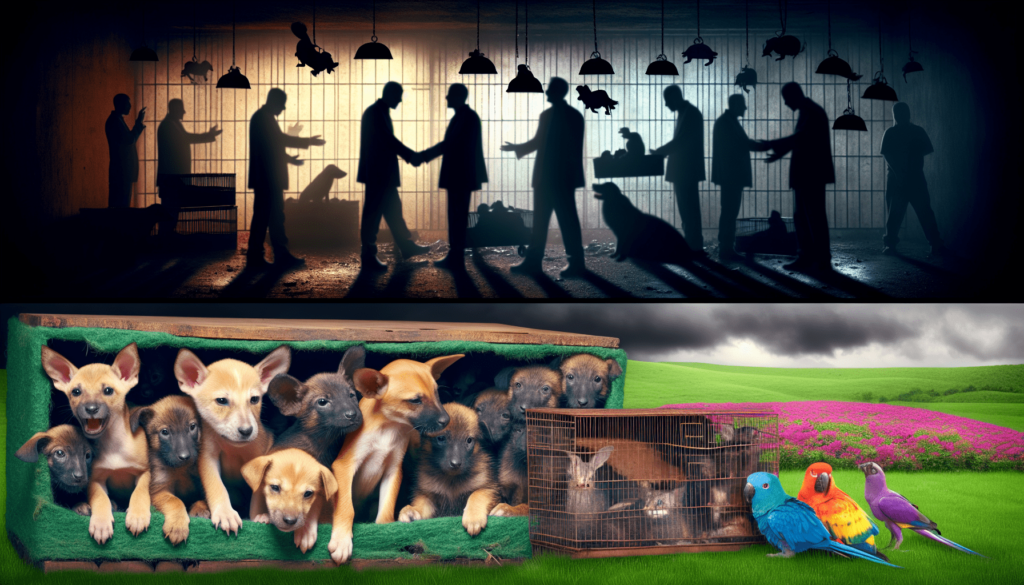
Commonly traded animals in the Pet Black Market
The animals traded in the Pet Black Market come from a wide range of species, including exotic birds, reptiles, and mammals. These animals are often prized for their rarity and unique characteristics, making them desirable for collectors and enthusiasts.
Exotic Birds
Exotic birds, such as parrots and macaws, are highly sought after for their vibrant plumage and ability to mimic human speech. These intelligent creatures are often poached from their natural habitats and subjected to inhumane conditions during transport and captivity.
Reptiles
Reptiles, including snakes and turtles, are popular choices for the Pet Black Market due to their exotic appearances and low maintenance requirements. Many reptiles are smuggled across borders in cramped and unsanitary conditions, resulting in high mortality rates among these sensitive animals.
Mammals
Mammals such as big cats, primates, and exotic rodents are also commonly traded in the Pet Black Market. These animals are often taken from the wild as infants and subjected to abuse and neglect in captivity. The exotic pet trade poses a significant threat to the conservation of endangered species and can have long-lasting ecological consequences.
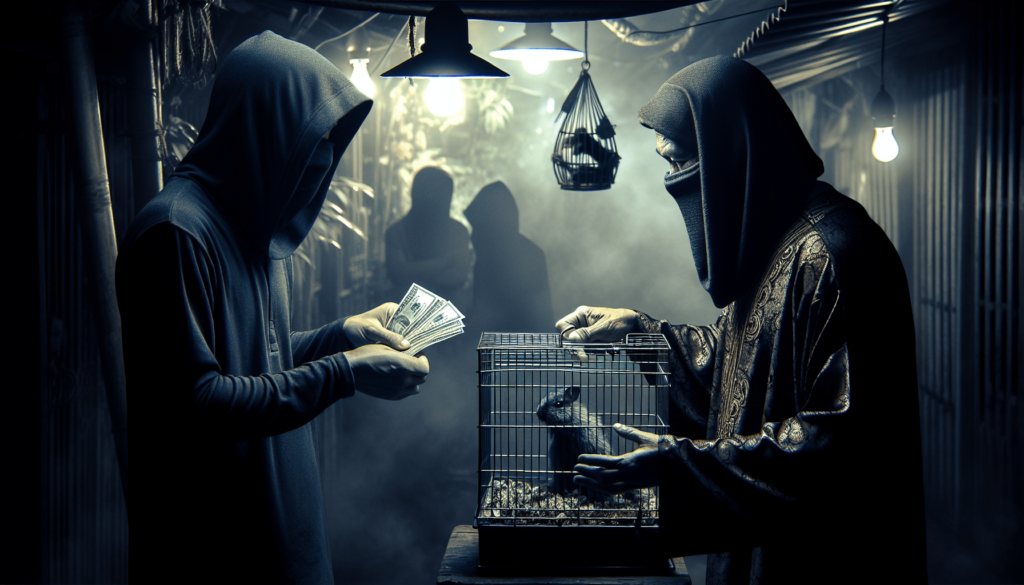
How can we combat the Pet Black Market?
Combatting the Pet Black Market requires a multi-faceted approach involving education, legislation, and enforcement. By raising awareness about the cruelty and exploitation involved in this illicit trade, we can reduce the demand for exotic pets and discourage buyers from supporting this industry.
Education
Educating the public about the ethical and environmental implications of owning exotic pets can help to shift attitudes and promote responsible pet ownership. By understanding the negative impact of the Pet Black Market on animal welfare and conservation efforts, individuals can make more informed choices about their pets.
Legislation
Stronger legislation and enforcement mechanisms are needed to crack down on the illicit trade of animals in the Pet Black Market. Governments must implement stricter regulations to prevent the smuggling and sale of endangered species, as well as impose stiffer penalties for those caught engaging in this illegal activity.
Enforcement
Law enforcement agencies and wildlife conservation organizations play a crucial role in monitoring and investigating the Pet Black Market. By working together to identify and prosecute individuals involved in trafficking animals, we can disrupt the networks that perpetuate this cruel and exploitative trade.
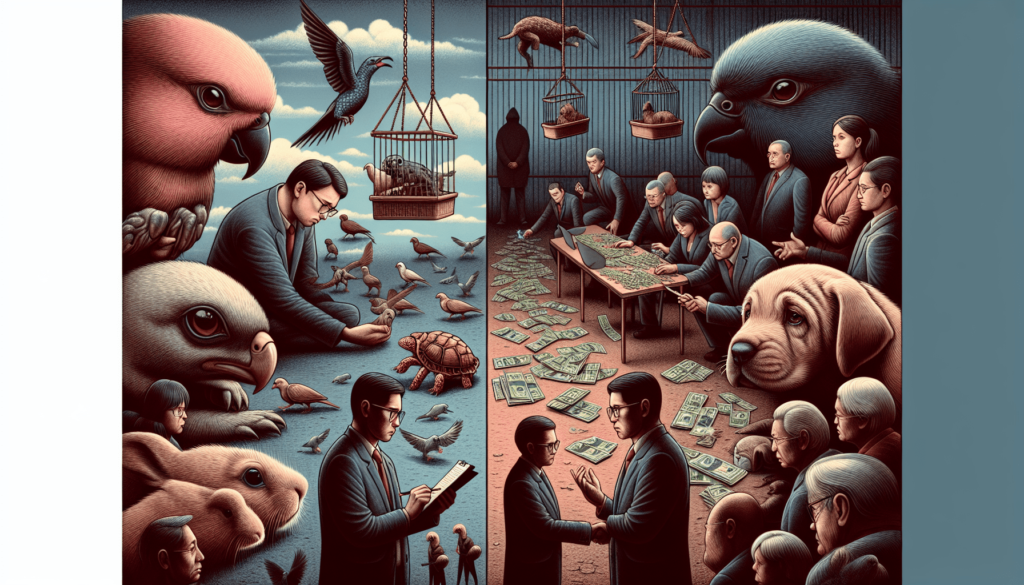
Conclusion
The Pet Black Market is a dark and destructive industry that preys on vulnerable animals for profit. By shining a light on this hidden world and taking action to combat it, we can protect the welfare of exotic animals and preserve the delicate ecosystems they belong to. Together, we can make a difference and ensure a brighter future for all creatures, great and small.
